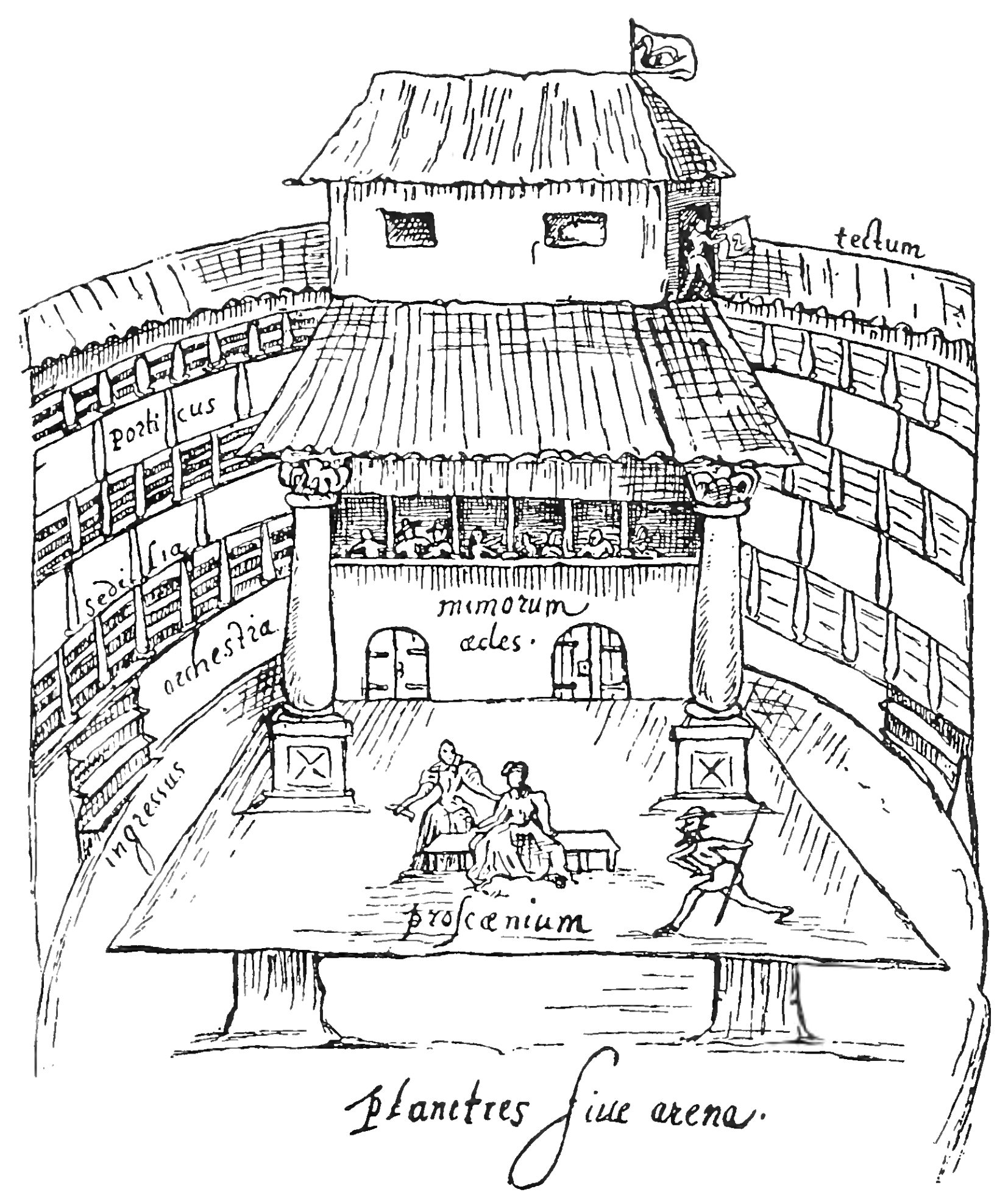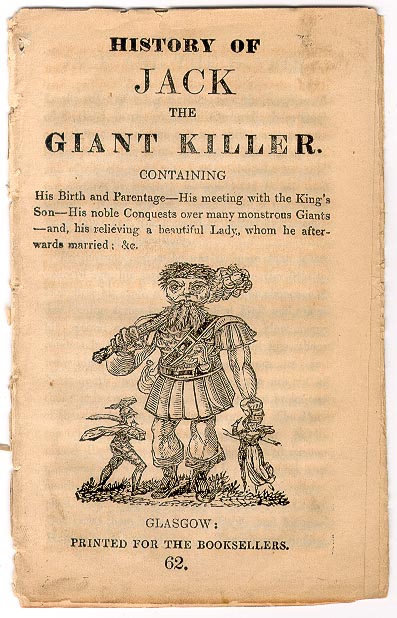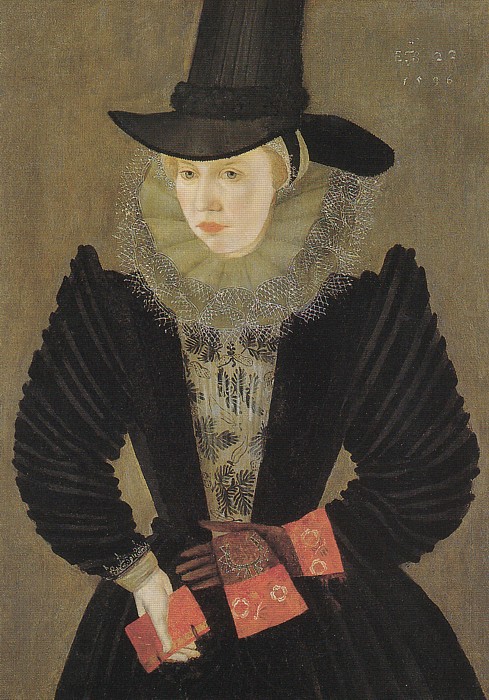|
Duke Of Vanholt
''The Tragical History of the Life and Death of Doctor Faustus'', commonly referred to simply as ''Doctor Faustus'', is an Elizabethan tragedy by Christopher Marlowe, based on German stories about a scholar who sells his soul to the devil in exchange for magical power. Written in the late 16th century and first performed around 1594, the play follows Faustus’s rise as a magician through his pact with Lucifer—facilitated by the demon Mephistopheles—and his ultimate downfall as he fails to repent before his damnation. The play survives in two major versions: the shorter 1604 "A" text and the expanded 1616 "B" text, which includes additional scenes and material of debated authorship. Though once considered less authoritative, the "B" text has gained renewed scholarly interest, especially regarding its comic elements and their thematic significance. Doctor Faustus blends classical tragedy with Elizabethan drama, employing a five-act structure and a chorus. Thematically, it e ... [...More Info...] [...Related Items...] OR: [Wikipedia] [Google] [Baidu] |
Book Frontispiece
A frontispiece in books is a decorative or informative illustration facing a book's title page, usually on the left-hand, or verso, page opposite the right-hand, or recto page of a book. In some ancient editions or in modern luxury editions the frontispiece features thematic or allegory, allegorical elements, in others is the author's portrait that appears as the frontispiece. In medieval illuminated manuscripts, a presentation miniature showing the book or text being presented (by whom and to whom varies) was often used as a frontispiece. Etymology The word comes from the French language, French ''frontispice'', which derives from the late Latin ''frontispicium'', composed of the Latin ''frons'' ('forehead') and ''specere'' ('to look at'). It was synonymous with 'metoposcopy'. In English, it was originally used as an frontispiece (architecture), architectural term, referring to the decorative facade of a building. In the 17th century, in other languages as in Italian language, It ... [...More Info...] [...Related Items...] OR: [Wikipedia] [Google] [Baidu] |
Samuel Rowley
Samuel Rowley was a 17th-century English dramatist and actor. Rowley first appears in the historical record as an associate of Philip Henslowe in the late 1590s. Initially he appears to have been an actor, perhaps a sharer, in the Admiral's Men, who performed at the Rose Theatre. After 1598, he assumed some non-acting responsibilities, helping Henslowe and Edward Alleyn manage the business affairs of the company. Yet he remained an actor as late as 1617, as he appears in the "plots" for plays including ''Frederick and Basilea'' (as Heraclius), '' The Battle of Alcazar'' (as an ambassador), and ''1 Tamar Cam''. He remained with the company through its successive patronage by Prince Henry and the Palsgrave. As a writer, Rowley belonged to the crowd of collaborating playwrights who kept Henslowe and Alleyn supplied with new drama. Henslowe paid him for additions to Christopher Marlowe's '' Doctor Faustus''; tradition, deferential to Marlowe, has assigned him the clown's bits in ... [...More Info...] [...Related Items...] OR: [Wikipedia] [Google] [Baidu] |
English Renaissance Theatre
The English Renaissance theatre or Elizabethan theatre was the theatre of England from 1558 to 1642. Its most prominent playwrights were William Shakespeare, Christopher Marlowe and Ben Jonson. Background The term ''English Renaissance theatre'' encompasses the period between 1562—following a performance of ''Gorboduc'', the first English play using blank verse, at the Inner Temple during the Christmas season of 1561—and the ban on theatrical plays enacted by the English Parliament in 1642. In a strict sense "Elizabethan" only refers to the period of Queen Elizabeth's reign (1558–1603). ''English Renaissance theatre'' may be said to encompass ''Elizabethan theatre'' from 1562 to 1603, '' Jacobean theatre'' from 1603 to 1625, and '' Caroline theatre'' from 1625 to 1642. Along with the economics of the profession, the character of the drama changed towards the end of the period. Under Elizabeth, the drama was a unified expression as far as social class was concerned: th ... [...More Info...] [...Related Items...] OR: [Wikipedia] [Google] [Baidu] |
John Wright (bookseller Died 1658)
John Wright (fl. 1602–1658) was a major London publisher and bookseller and one of the two booksellers who sold ''Shakespeare's Sonnets'' in 1609. He also was a member of the syndicate that printed the Shakespeare First Folio in 1623. He published several editions of Christopher Marlowe's '' Doctor Faustus'' beginning with the second in 1616, was an official printer for the Parliament of England The Parliament of England was the legislature of the Kingdom of England from the 13th century until 1707 when it was replaced by the Parliament of Great Britain. Parliament evolved from the Great Council of England, great council of Lords Spi ..., and published several early newspapers and ballads. Career Wright finished his apprenticeship in 1602 and published many notable books, setting up his business at the Kings Head in the Old Bailey. He was the chief publisher of ballads in partnership with Fr. Coles, T. Vere, and W. Gilbertson. In 1609 he and bookseller William Aspley ... [...More Info...] [...Related Items...] OR: [Wikipedia] [Google] [Baidu] |
George Eld
George Eld (died 1624) was a London printer of the Jacobean era, who produced important works of English Renaissance drama and literature, including key texts by William Shakespeare, Ben Jonson, Christopher Marlowe, and Thomas Middleton. Eld was the son of a carpenter from Derbyshire. He served an eight-year apprenticeship to bookseller Robert Bolton, starting in 1592, and became a "freeman" (a full member) of the Stationers Company on 13 January 1600. He established himself in his own printing business in 1604, at the sign of the White Horse in Fleet Lane, by marrying the widow of not one but two master printers. His shop featured two or perhaps three presses, and four compositors – a substantial operation for the time. Eld entered into a partnership with Miles Fletcher in 1617; Fletcher took over the business after Eld died of plague in 1624. Printer In Eld's historical era, most stationers concentrated on either printing or bookselling; and most publishing was done by the ... [...More Info...] [...Related Items...] OR: [Wikipedia] [Google] [Baidu] |
Valentine Simmes
Valentine Simmes ( 1585 – 1622) was an English printer of the Elizabethan and Jacobean eras. He did business in London, "on Adling Hill near Bainard's Castle at the sign of the White Swan." Simmes has a reputation as one of the better printers of his generation, and was responsible for several quartos of Shakespeare's plays. ee: Early texts of Shakespeare's works. Nothing is known of Simmes's early life or personal history. He was active as a printer starting in 1585. Shakespeare In an eight-year period from 1604, Simmes printed nine Shakespearean quartos for various London Worshipful Company of Stationers and Newspaper Makers">stationers or booksellers. For the bookseller Andrew Wise, Simmes printed: *''Richard III (play), Richard III,'' Q1 (1597) *''Richard II (play), Richard II,'' Q1 (1597) *''Richard II,'' Q2 (1598) *''Richard II,'' Q3 (1598) For Wise and William Aspley, Simmes printed: *'' Henry IV, Part 2,'' Q (1600) *''Much Ado About Nothing,'' Q (1600) For Thomas ... [...More Info...] [...Related Items...] OR: [Wikipedia] [Google] [Baidu] |
Book Size
The size of a book is generally measured by the height against the width of a leaf, or sometimes the height and width of its cover. A series of terms is commonly used by libraries and publishers for the general sizes of modern books, ranging from ''folio'' (the largest), to ''quarto'' (smaller) and ''octavo'' (still smaller). Historically, these terms referred to the format of the book, a technical term used by printers and Bibliography, bibliographers to indicate the size of a leaf in terms of the size of the original sheet. For example, a quarto (from Latin ''quartō'', ablative form of ''quartus'', fourth) historically was a book printed on sheets of paper folded in half twice, with the first fold at right angles to the second, to produce 4 leaves (or 8 pages), each leaf one fourth the size of the original sheet printed – note that a ''leaf'' refers to the single piece of paper, whereas a ''page'' is one side of a leaf. Because the actual format of many modern books cannot be d ... [...More Info...] [...Related Items...] OR: [Wikipedia] [Google] [Baidu] |
Stationers' Register
The Stationers' Register was a record book maintained by the Stationers' Company of London. This was a trade guild given a royal charter in 1557 to regulate the various professions associated with England's publishing industry, including printers, bookbinders, booksellers, and publishers. The company's charter gave it the right to seize illicit editions of published works and to bar the publication of unlicensed books, and allowed publishers to document their right to produce a particular printed work in the register, which thus constituted an early form of copyright law. For the study of English literature of the later 16th and the 17th centuries (covering the Elizabethan, Jacobean, and Caroline eras), and especially for English Renaissance theatre, the Stationers' Register is a crucial and essential resource: it provides factual information and hard data that is available nowhere else. Together with the records of the Master of the Revels (which relate to dramatic perform ... [...More Info...] [...Related Items...] OR: [Wikipedia] [Google] [Baidu] |
Chapbook
A chapbook is a type of small printed booklet that was a popular medium for street literature throughout early modern Europe. Chapbooks were usually produced cheaply, illustrated with crude woodcuts and printed on a single sheet folded into 8, 12, 16, or 24 pages, sometimes bound with a saddle stitch. Printers provided chapbooks on credit to chapmen, who sold them both from door to door and at markets and fairs, then paying for the stock they sold. The tradition of chapbooks emerged during the 16th century as printed books were becoming affordable, with the medium ultimately reaching its height of popularity during the 17th and 18th centuries. Various ephemera and popular or folk literature were published as chapbooks, such as almanacs, children's literature, folklore, ballads, nursery rhymes, pamphlets, poetry, and political and religious Tract (literature), tracts. The term ''chapbook'' remains in use by publishers to refer to short, inexpensive booklets. Terminology ''Chapbook ... [...More Info...] [...Related Items...] OR: [Wikipedia] [Google] [Baidu] |
Historia Von D
Historia may refer to: * Historia, the local version of the History channel in Spain and Portugal * Historia (TV channel), a Canadian French language specialty channel * ''Historia'' (newspaper), a French monthly newspaper devoted to History topics * Historia (video), a compilation video released by Def Leppard * ''Historia'' (Antiquity journal), a peer-reviewed history journal specialised in Greek and Roman Antiquity * ''Historia'' (history of the Americas journal), a peer-reviewed history journal dealing with the history of the Americas * the Latin word for historiography * Historia (drama), an unfinished drama of Polish writer Witold Gombrowicz, compiled from the author's notes by Konstanty Jeleński * Historia Reiss, a fictional character in Japanese manga and anime series ''Attack on Titan'' * Historia (Romanian magazine), history magazine owned by Adevărul See also * ''Historias'', by Ricardo Arona * Herstory, feminism * History (other) * Histories (disambig ... [...More Info...] [...Related Items...] OR: [Wikipedia] [Google] [Baidu] |
Alleyn's College
The College of God's Gift, often referred to as the Old (Dulwich) College, was a historic charity founded in 1619 by the Elizabethan actor and businessman Edward Alleyn who endowed it with the ancient Manor of Dulwich in south London. In 1857 it was renamed as Alleyn's College of God's Gift. The charity was reorganised in 1882 and again in 1995, when its varied component activities were split up into separate registered charities. The former constituent elements of College of God's Gift, which have been independent charities since 1995, are: * the Dulwich Estate, the successor charity which owns the remaining freehold land of the manor of Dulwich; * Alleyn's School * Dulwich College * James Allen's Girls' School * Dulwich Almshouse located in the Old College complex * Christ's Chapel of God's Gift located in the Old College complex * Dulwich Picture Gallery, which became independent and ceased to be a beneficiary in 1995 The Foundation is also required to support from its endowme ... [...More Info...] [...Related Items...] OR: [Wikipedia] [Google] [Baidu] |
Edward Alleyn
Edward Alleyn (; 1 September 156621 November 1626) was an England, English actor who was a major figure of the Elizabethan theatre and founder of the College of God's Gift in Dulwich. Early life Alleyn was born on 1 September 1566 in Bishopsgate, London; or so it was recorded in the ''Biographia Britannica'' as a product of Alleyn's own writing. Alleyn does record his birth date in a diary several times but does not distinctly identify his birthplace as Bishopsgate. In the St. Botolph parish registers it is recorded that he was baptized on the day after his birth. He was born a younger son of Edward Alleyn with three brothers named John, William, and Edward. His father was an innkeeper and porter to Queen Elizabeth I and his mother, Margaret Townley, was the daughter of John Townley. His mother's link to the Lancashire Towneley (family), Townley family is somewhat of a mystery. Alleyn said she was the daughter of John Townley of Townley but the claim does not easily fit with ... [...More Info...] [...Related Items...] OR: [Wikipedia] [Google] [Baidu] |





